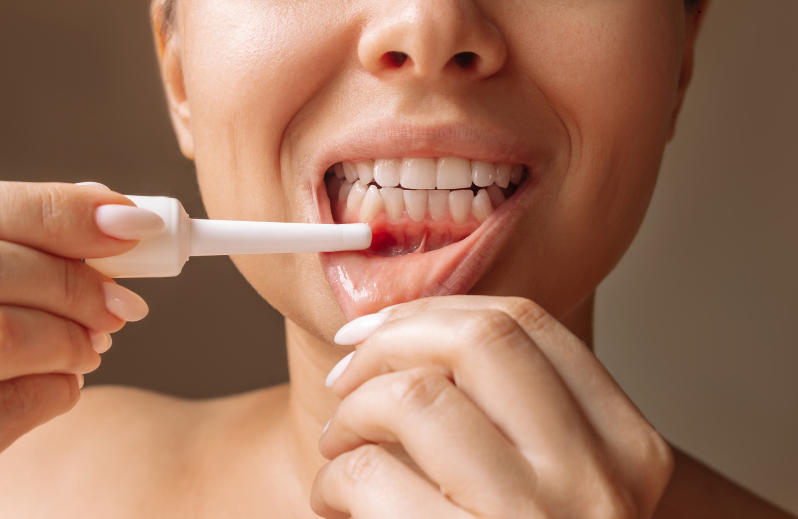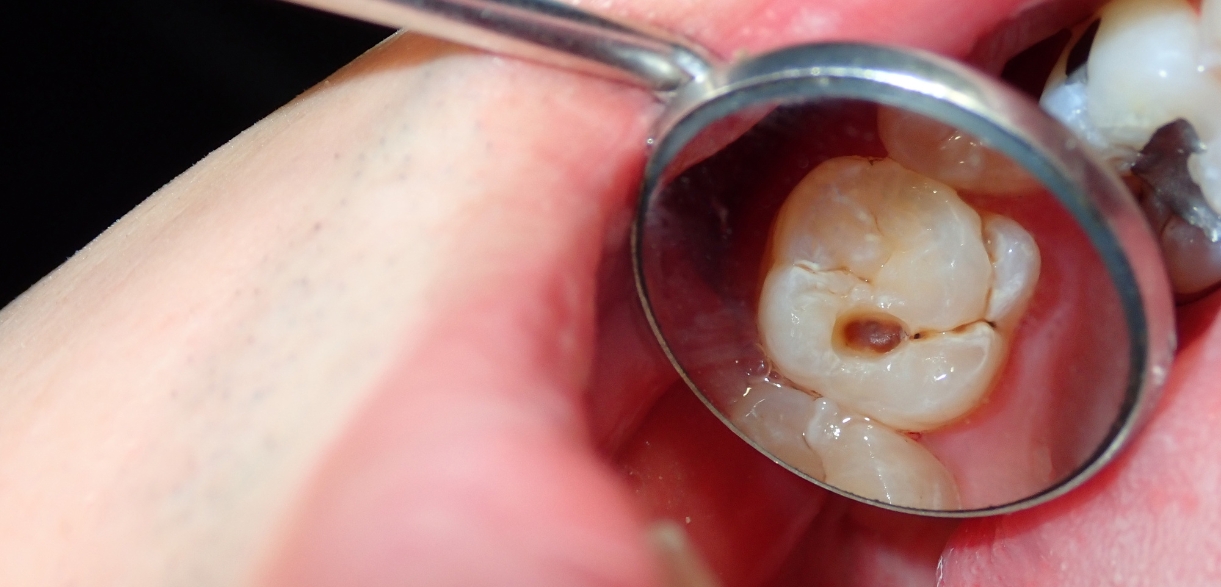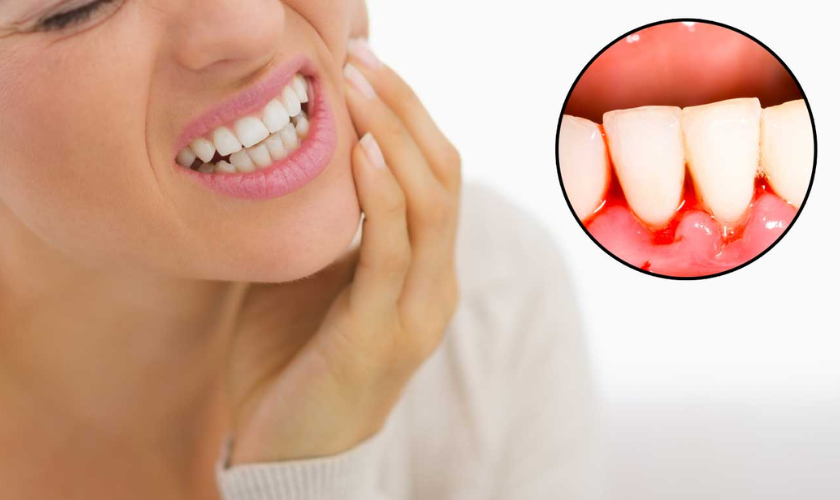
Gum recession can sneak up on you, starting with subtle symptoms like increased sensitivity and a slightly longer appearance of your teeth. What begins as a minor annoyance can quickly escalate into a serious dental issue if left untreated. Understanding how to recognize the signs early and seeking timely treatment is crucial for maintaining not only a beautiful smile but also overall oral health. Let’s dive into the world of gum recession, exploring its causes, prevention strategies, and effective treatments to ensure your gums stay healthy and your teeth remain strong. Your journey to better oral health starts here, with essential insights and practical tips. Read on to uncover everything you need to know about recognizing and treating gum recession effectively.
Signs of Gum Recession
Recognizing gum recession early can prevent severe dental problems. Here are some common signs to watch for:
- Tooth Sensitivity: Increased sensitivity to hot, cold, sweet, or acidic foods and drinks.
- Visible Roots: Teeth appear longer as the gums recede, exposing the tooth roots.
- Notched Areas: Small notches can be felt near the gum line.
- Swollen Gums: Gums may appear red, swollen, or bleed easily.
- Bad Breath: Persistent bad breath or a bad taste in the mouth can be indicators.
Causes of Gum Recession
Understanding the causes of gum recession can help in preventing it. Here are some common reasons:
- Poor Oral Hygiene: Inadequate brushing and flossing can lead to plaque buildup, which can cause gum disease and recession.
- Aggressive Brushing: Brushing too hard or using a hard-bristled toothbrush can wear down gum tissue.
- Genetics: Some individuals are more prone to gum disease and recession due to genetic factors.
- Hormonal Changes: Fluctuations in hormone levels, especially in women, can make gums more sensitive and susceptible to recession.
- Tobacco Use: Smoking or chewing tobacco can cause gums to recede.
- Teeth Grinding: Clenching or grinding teeth can put excessive pressure on the gums, leading to recession.
- Misaligned Teeth: Improper alignment can cause uneven pressure on the gums, contributing to recession.
Preventing Gum Recession
Taking preventive measures can help maintain healthy gums and prevent recession. Here are some tips:
Practice Good Oral Hygiene
Maintaining proper oral hygiene is the first step in preventing gum recession. Brush twice daily with a soft-bristled toothbrush and fluoride toothpaste. Floss daily to remove plaque from between the teeth and gums. Consider using an antibacterial mouthwash to reduce plaque buildup and maintain healthy gums.
Use Proper Brushing Technique
Using the right brushing technique can protect your gums. Hold your toothbrush at a 45-degree angle to your gums and use gentle, circular motions. Avoid brushing too hard, as this can wear down the gum tissue. Replace your toothbrush every three to four months or sooner if the bristles become frayed.
Regular Dental Checkups
Regular visits to your dentist are crucial for maintaining oral health. Professional cleanings can remove plaque and tartar that regular brushing and flossing miss. Your dentist can also identify early signs of gum recession and provide appropriate treatment options.
Healthy Diet
A balanced diet can support gum health. Foods rich in vitamins and minerals, such as fruits, vegetables, and dairy products, can strengthen your gums and teeth. Avoid sugary and acidic foods and drinks that can erode enamel and contribute to gum disease.
Avoid Tobacco Products
Tobacco use is a significant risk factor for gum recession. Quitting smoking or chewing tobacco can improve your gum health and overall oral hygiene. Seek support from healthcare professionals or cessation programs to help you quit.
Treating Gum Recession
If you notice signs of gum recession, several treatment options are available. Early intervention can prevent further damage and restore your gum health.
Deep Cleaning
For mild gum recession, your dentist may recommend a deep cleaning procedure, also known as scaling and root planing. This involves removing plaque and tartar from the tooth roots and smoothing the roots to help the gums reattach to the teeth.
Medications
In some cases, medications may be prescribed to treat gum recession. These can include antibiotic gels, antiseptic chips, or enzyme suppressants. These medications help reduce bacteria and inflammation, promoting gum health.
Surgical Treatments
For more severe cases of gum recession, surgical options may be necessary. These include:
- Gum Grafting: Tissue is taken from another part of your mouth and attached to the affected area to cover exposed roots and promote gum regeneration.
- Pinhole Surgical Technique: A less invasive option where tiny holes are made in the gums, and special instruments are used to reposition the gum tissue over the exposed roots.
- Regeneration: In cases of bone loss, regenerative procedures can be performed to stimulate the growth of bone and gum tissue.
Aftercare and Maintenance
Post-treatment care is essential to ensure the success of gum recession treatments and prevent recurrence. Here are some aftercare tips:
Follow Dentist’s Instructions
Adhering to your dentist’s post-treatment instructions is crucial. This may include specific brushing techniques, prescribed medications, and dietary recommendations.
Maintain Oral Hygiene
Continue practicing good oral hygiene habits, including brushing, flossing, and using mouthwash. Regular dental checkups are essential to monitor your progress and address any issues promptly.
Avoid Risk Factors
Avoiding factors that contributed to gum recession can prevent further damage. This includes quitting tobacco use, managing stress to reduce teeth grinding, and addressing misaligned teeth with orthodontic treatment if necessary.
Healthy Lifestyle
A healthy lifestyle supports overall gum health. Stay hydrated, maintain a balanced diet, and manage chronic health conditions that can affect your gums.
Consulting a Professional
If you suspect gum recession, consulting a professional is essential. A dentist can provide an accurate diagnosis and recommend appropriate treatment options tailored to your needs. Regular dental visits and open communication with your dentist can ensure early detection and effective management of gum recession.
Living with Healthy Gums
Maintaining healthy gums is vital for overall oral health. By recognizing the signs of gum recession early and taking preventive measures, you can keep your gums and teeth in optimal condition. Regular dental checkups, proper oral hygiene, and a healthy lifestyle are key to preventing and treating gum recession.




